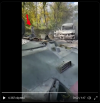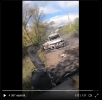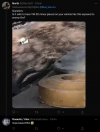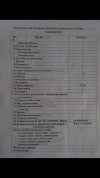The long-established international taboo against the use of nuclear weapons has remained in place for nearly 80 years. For decades, the doctrines and postures of the world’s nuclear powers have remained relatively stable and predictable—with the possible exception of North Korea, the newest member of the club.
But that era appears to be over, replaced with a new age of proliferation and nuclear confrontation. In fact, according to
recent analysis, each of the world’s nine recognized nuclear states are currently increasing, modernizing, or diversifying their nuclear arsenals, and several are also escalating their nuclear
rhetoric and
doctrine. According to the
same study, global stockpiles of nuclear weapons are likely to increase over the next decade, despite the fact that there are over a hundred times more nuclear weapons in existence today than are needed to
destroy human civilization.
Perhaps the most alarming recent development concerns the world’s largest nuclear power. On Sept. 21, Vladimir Putin issued a thinly-veiled threat of
nuclear retaliation in the event of an attack on Russia’s “territorial integrity.” It’s extremely concerning because in his first national address since the start of the Russian invasion of Ukraine, Putin announced sham
referendums in Donetsk, Luhansk, Kherson, and Zaporizhzhia as part of a brazen attempt to absorb these territories (which have been forcibly occupied by Russia and fiercely contested by Ukraine) into the so-called
Novorossiya. This represents a key strand of Russia’s
evolving nuclear doctrine: the principle of
escalate to de-escalate through intimidating adversaries with threats of overwhelming force so that they eventually back down. Except that the Ukrainians show no sign of
backing down.

torrentfreak.com















